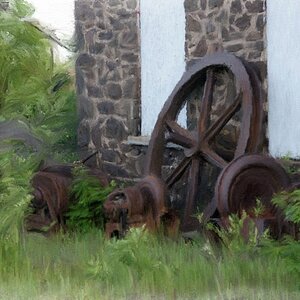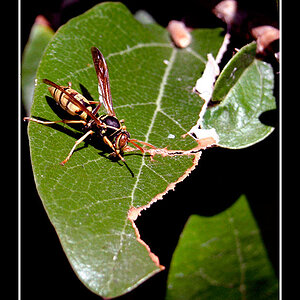- Joined
- Oct 3, 2013
- Messages
- 11,518
- Reaction score
- 4,788
- Location
- Louisville, Nebraksa - United States
- Can others edit my Photos
- Photos OK to edit
Just out of curiosity, if you're already thinking of getting one, shouldn't you knowt he answer?

Good point. I like to ask stupid question, now. Make better decision, later.
I look at Tamron teleconvertors, and the prices are tempted. It mentioned some quality issues, so I rather hear from you guys.
Well if your already having quality issues with the 250 mm adding a teleconverter is just going to make that problem worse. You also need to consider that at 250 mm your at F/5.6 without a teleconverter, you'll be losing an F stop on top of that. This means less light which of course might require you to up the ISO to maintain the same shutter speed, introducing even more noise into your image. The tamron teleconverters are right around $150 as I recall, for that sort of money you can probably get a used 75-300 mm lens for your Canon. Now granted it probably won't have IS at that price but throw your system on a tripod or monopod and you'll probably get much better results from it than you will from the 250 mm you already have with a teleconverter.



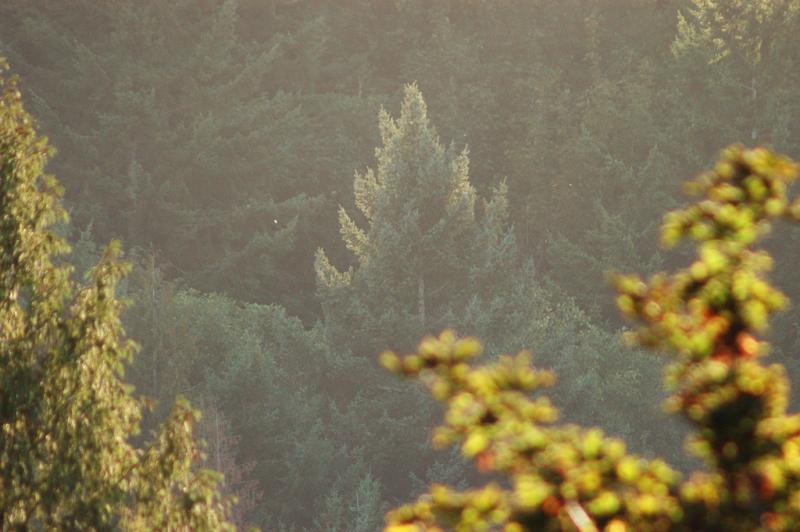
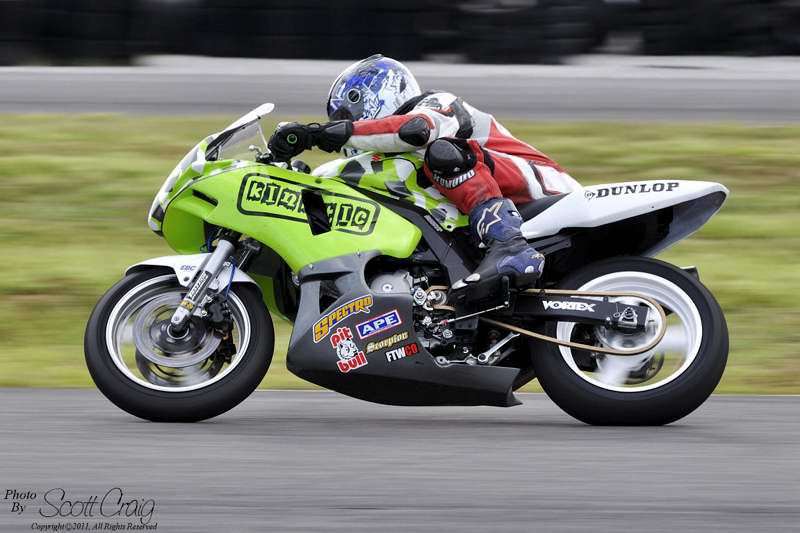
![[No title]](/data/xfmg/thumbnail/37/37631-1af996afcca522b3c5490538125d9599.jpg?1619738155)
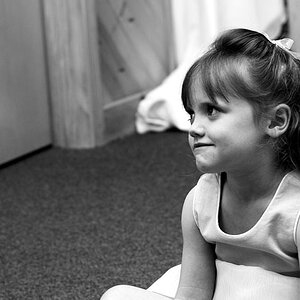
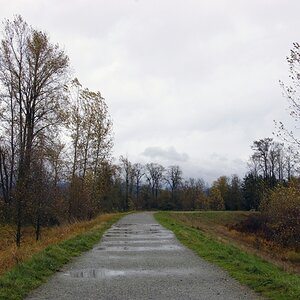
![[No title]](/data/xfmg/thumbnail/35/35932-28690c4fc247cf491230e47fc70ebeb5.jpg?1619737235)


![[No title]](/data/xfmg/thumbnail/31/31086-ae0d6678ca78859132ce5375d5300961.jpg?1619734602)

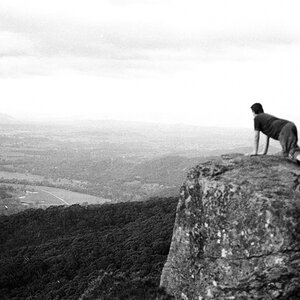
![[No title]](/data/xfmg/thumbnail/31/31087-2287670c7bc11f26914352b7d9404588.jpg?1619734603)
